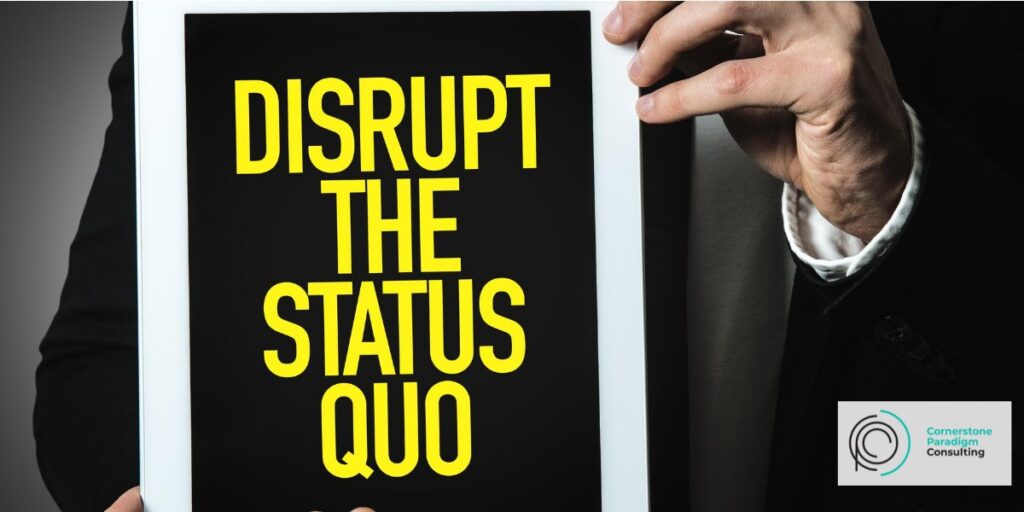The status quo is the idea of keeping current affairs unchanged, even when change is necessary. But what drives someone to maintain the status quo? Often it has to do with inexperience of what’s available, unawareness of inefficiencies, or simply not wanting to face the reality. Without change, your business can fall behind as the world around you continues to evolve with technology and automation. If it starts to affect customer experience, customers will have little incentive to remain loyal to your business, making the status quo not competitive. So how risky is sticking to the status quo?
The risks associated with sticking to the status quo can vary depending on the industry or sector in which your business operates. Generally speaking, here are four potential problems that may arise from maintaining a “business as usual” approach:
1. Failures in Innovation: When businesses fail to innovate or implement new technology, they risk losing their competitive edge over other companies that are making improvements and staying ahead of industry trends. Additionally, if a company fails to keep up with changing customer demands and expectations, it runs the risk of alienating its customers and losing market share.
2. Loss of Skilled Workers: With advances in technology and automation come changes in job roles and requirements. If businesses don’t stay up-to-date on these changes or adjust their recruitment strategies accordingly, they may find themselves without qualified workers who can operate their systems efficiently and effectively. This could lead to significant losses in productivity and profit margins over time.
3. Inefficiency & Unmet Goals: By not adapting quickly enough or taking advantage of new tools and technologies available on the market today, businesses may find themselves unable to meet their goals or objectives due to inefficient processes that are no longer relevant or effective in today’s markets. Not only does this hamper progress toward achieving desired objectives, but it also leads to decreased morale among employees who feel like their efforts aren’t being recognized or rewarded appropriately for all their hard work.
4. Slow Growth & Poor Performance: Lastly, by failing to keep up with changing trends and customer needs, businesses run the risk of seeing slow growth which could eventually lead them down a path of poor performance as competitors overtake them in terms of market share and sales numbers—all because they failed to adapt quickly enough or take advantage of opportunities presented by changing markets.
Sticking with the status quo can be risky for any business—no matter its size or sector—as it runs the risk of falling behind competitors who are more adept at adapting quickly and taking advantage of new opportunities presented by changing markets and customer needs. It is essential that businesses understand this dynamic so that they can stay ahead of the ompetition while meeting customer expectations at every turn! Doing so will ensure continued success for years down the line!
If you would like more information on this topic or any other topic related to business operations please head to our website www.CPCChangeAgent.com.There, you can read additional articles and book a consultation.







